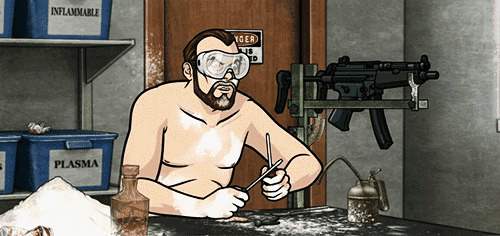Medicine manufacturers that fail TGA quality testing will soon be named and shamed on the regulator’s website
Medicine manufacturers that fail TGA quality testing will soon be named and shamed on the regulator’s website.
The TGA conducts around 2,000 laboratory tests on therapeutic goods each year, including registered and listed medicines.
Around 9-15% of 500 listed therapeutic products tested by did not meet quality standards in 2015-16. But details of which companies and products had failed testing were under lock and key – until now.
From May, the regulator will release laboratory data every six months, starting with data from the last calendar year.
This delay in publication was necessary to allow the TGA to undertake any investigations and follow-up action in response to non-complying test results, the TGA said.
The data will include the product name, Australian Register of Therapeutic Goods number, sponsor, reason for testing and whether the product passed or failed the test.
In addition, the regulator plans to publish any details of follow-up action in cases where products fail testing, as well as general information on the types of testing. However, the regulator will not publish information relating to ongoing investigations or other compliance actions.
The TGA also reassured the public that it would not replace current mechanisms for alerting healthcare practitioners and consumers to quality or safety issues.
The TGA said the move was in response to the Expert Review of Medicines and Medical Devices Regulation 2015 reports, which recommended a more comprehensive post-market monitoring scheme.
“There have been pushes for years to make the TGA more transparent,” said Ken Harvey, an epidemiologist and Adjunct Associate Professor at Monash University.
“I’d like that [transparency] to be extended not just to laboratory testing but complaints, post-marketing surveillance – all the other things they find wrong,” said Professor Harvey.
As much 80% of the listed therapeutic products investigated were non-compliant with TPG regulations in 2015-16 in some way, with the majority of those breaches involved incorrect labelling, insufficient evidence and false advertising, as opposed to those failing quality standards.
Professor Harvey said that the Complaints Resolution Panel has been naming and shaming drug companies that breached the advertising rules for many years.
But many of these companies continued to flout regulations, indicating that this strategy alone did not dissuade compliance breaches.
“We really need substantial penalties,” he said. “If there are no real penalties and if there is profit in breaking the rules people will continue to break the rules.”


